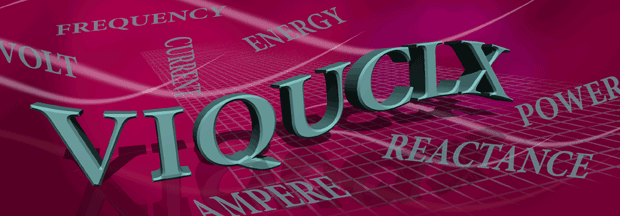Here’s a handy chart of the units of measure we use all the time for electronic quantities.

Note that the unit itself is lower case, the person it is named for is, of course, cap/lower case, and the unit symbol — which is used behind a numerical quantity — is usually upper case. The chart is an expansion of one found at http://www.kpsec.freeuk.com/quant.htm I’ve added hyperlinks for biographies of the people for whom these units of measure are named. The hyperlinks to more about the quantities are mostly from the original chart.
| Quantity | Usual | Unit | Unit Named For | Unit |
| Symbol | Symbol | |||
| Voltage | V | volt | Alessandro Volta (1745–1827) | V |
| Current | I | ampere | André-Marie Ampère (1775–1836) | A |
| Charge | Q | coulomb | Charles-Augustin de Coulomb (1736 – 1806) | C |
| Resistance | R | ohm | Georg Simon Ohm (1789 – 1854) | Ω |
| Capacitance | C | farad | Michael Faraday (1791 – 1867) | F |
| Inductance | L | henry | Joseph Henry (1797–1878) | H |
| Reactance | X | ohm | Georg Simon Ohm (1789 – 1854) | Ω |
| Impedance | Z | ohm | Georg Simon Ohm (1789 – 1854) | Ω |
| Power | P | watt | James Watt (1736 – 1819) | W |
| Energy | E | joule | James Prescott Joule (1818–1889) | J |
| Time | t | second | – | s |
| Frequency | f | hertz | Heinrich Hertz (1857 —1894) | Hz |
Advertisement
Learn more about Electronic Products Magazine





